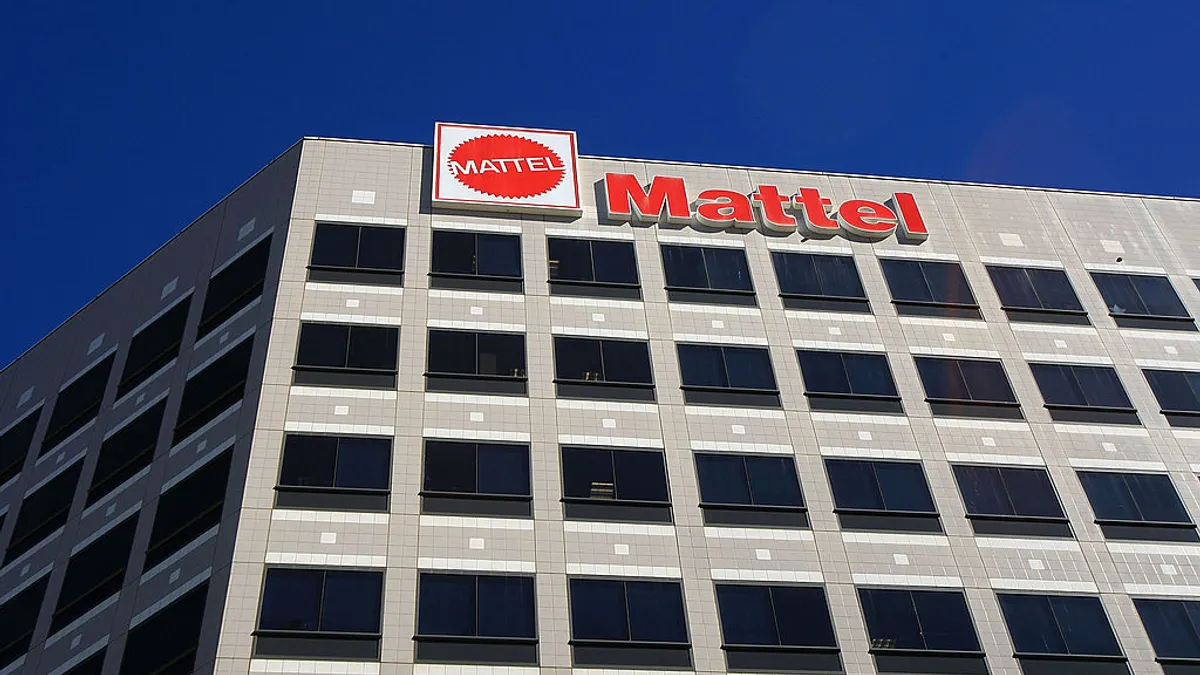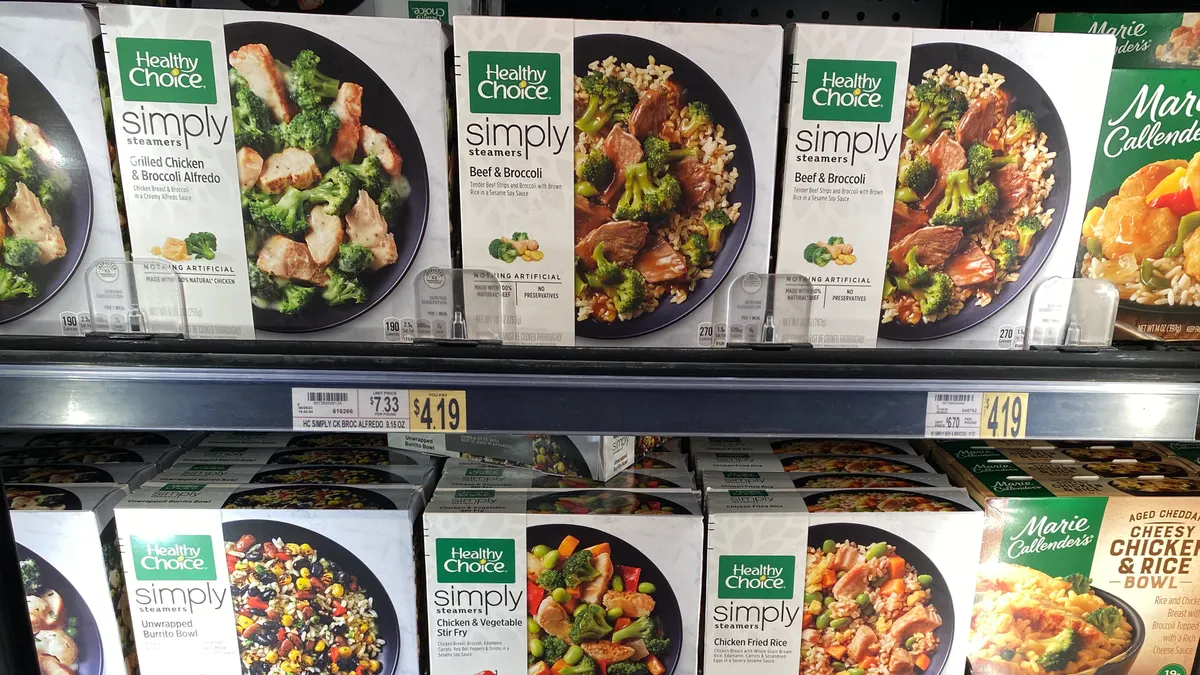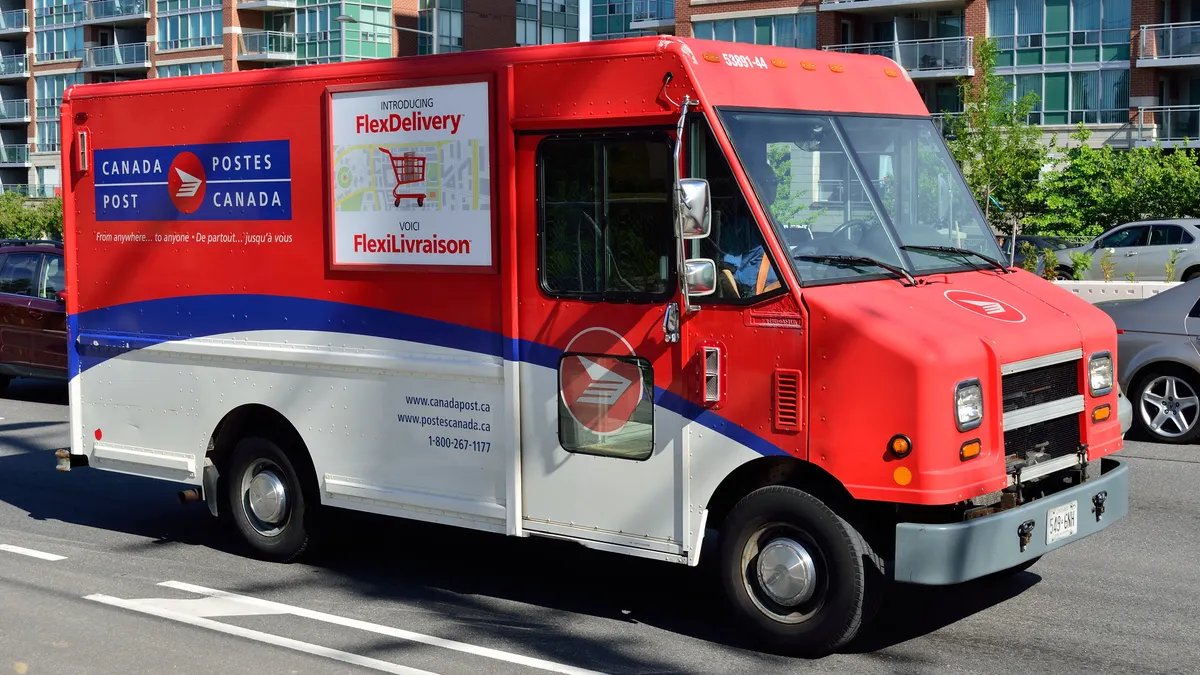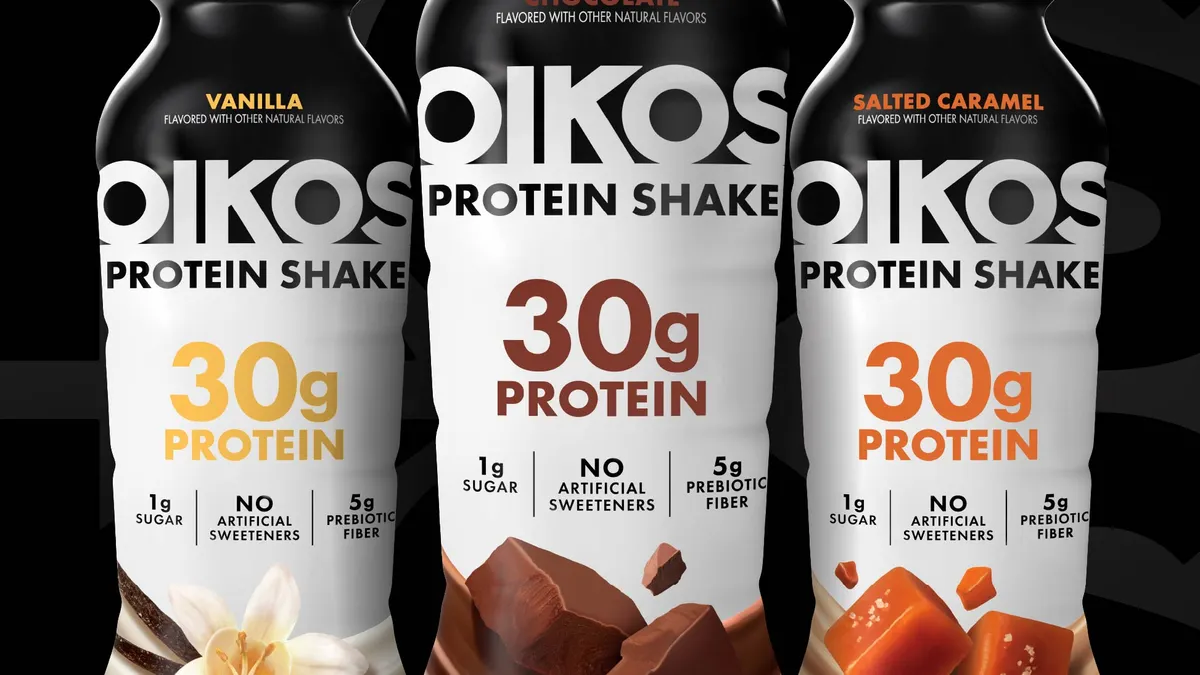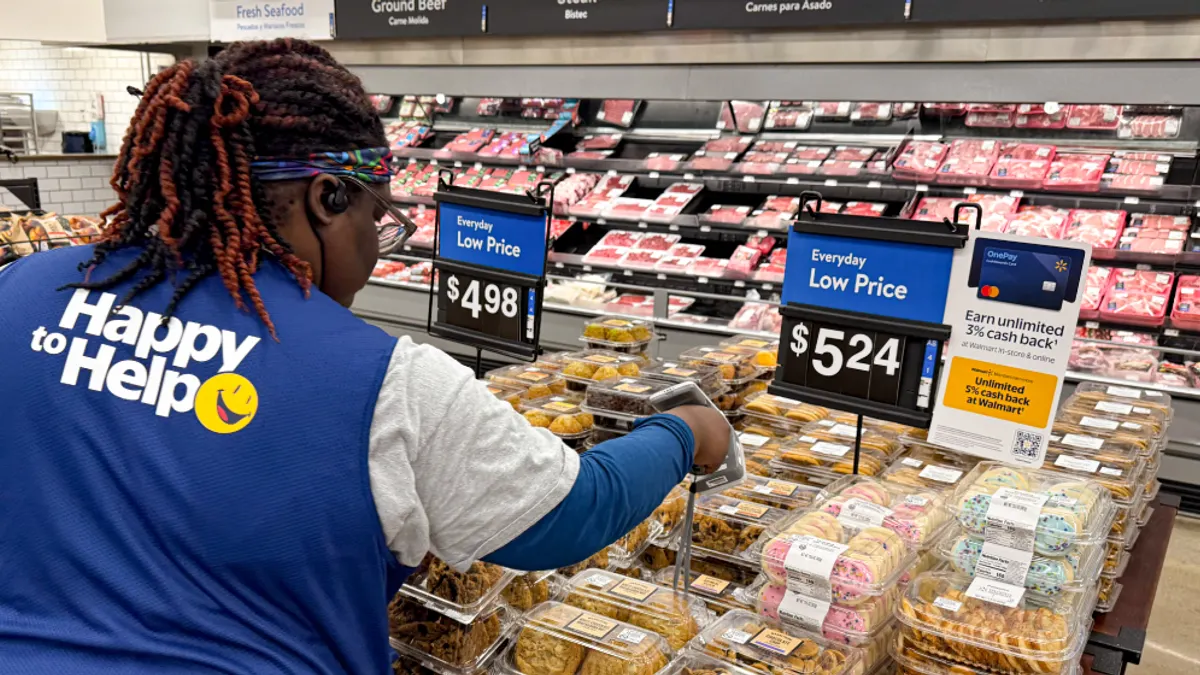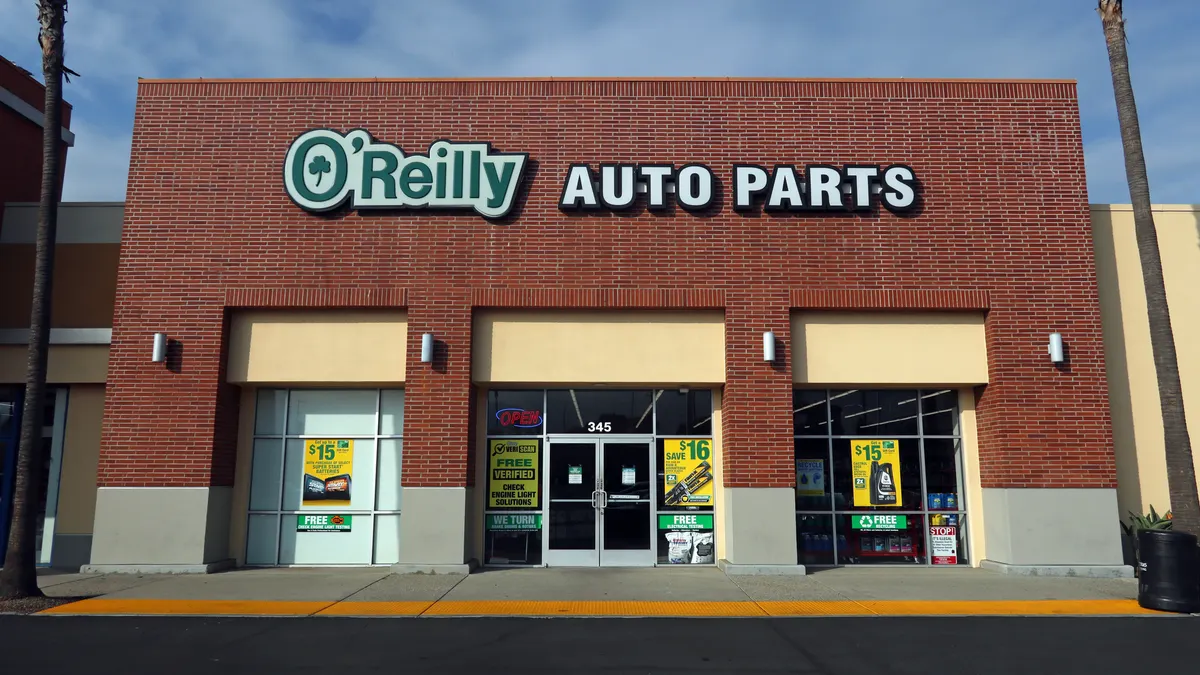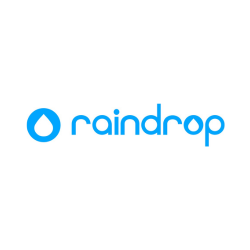Every day millions of consumers around the globe buy products then immediately throw away the paper and plastic packaging. While recycling packaging can help, a bigger issue is that so much packaging is only used once, generating millions of tons of garbage annually.
Loop, a new reusable packaging system, aims to reduce waste by enabling consumers and manufacturers to recycle packaging in an easy, seamless and efficient manner.
Loop was founded by waste management company TerraCycle and several CPG companies, including Procter & Gamble and Nestlé.
The platform could offer manufacturers the ability to upgrade their packaging while also realizing long-term savings on a cost per use basis. While the concept offers many benefits, it may also require manufacturers to think in new ways about their operations and supply chains.
Fighting waste on the front lines of packaging
Loop shifts ownership of packaging from consumers to manufacturers in a "closed loop" system, TerraCycle CEO Tom Szaky told Supply Chain Dive.
One of the benefits to businesses of owning the packaging is that companies can use higher-grade materials and integrate new features.
PepsiCo partnered with Loop on several trials in the U.K. and Paris. It created stainless steel decorative Quaker Cruesli containers and glass bottles with side ridging for Tropicana orange juice. The packages are not only reusable, but also more rigid and attractive than single use containers.
"Our brand packaging has been developed with reuse in mind ... With the premium quality materials, we have created sleek vessels that can be out on display in any environment, whether in the kitchen or on the breakfast table," Roberta Barbieri, Vice President of Global Sustainability at PepsiCo, told Supply Chain Dive.
Consumers shop on the Loop site for brands with waste-free packaging. After consumers receive and use the product, they place the packaging in the Loop Tote, which is picked up directly from their home. Loop cleans the packaging at its regional facilities, then sends them back to the manufacturer to be refilled.
"It’s more about addressing the root problem because recycling is more solving waste at the symptom level. It won’t eliminate it," Szaky said.
Loop has been piloting the concept in Paris and New York. The system will soon go live in Paris with Carrefour, in New York with a major retailer, and then in the U.K. with Tesco. There are also plans to be in Tokyo, Toronto and California sometime in 2020.
Reusable packaging prompts new ways of thinking
Whereas traditional packaging uses inexpensive, disposable materials that can survive one trip from the manufacturer to the consumer, reusable packaging must be durable enough to last multiple trips. Manufacturers must think carefully about design, cleanability and the long-term life cycle of the packaging, Szaky said.
"In durable design, you have a package that will do that journey multiple times, and interestingly economically what becomes the more powerful number is how many journeys or cycles it can make," Szaky said.
The cost of the packaging is typically measured by "cost per use," the total price divided by how many times it can be used. For instance, an aluminum container that costs $0.50 and can be used 10 times before being disposed would have a cost per use of $0.05. The key is to keep those costs in line while not passing any increases on to consumers.
"It’s not a normal frame of thinking in consumer products … There are massive considerations for these companies to get their heads around."

Tom Szaky
CEO, TerraCycle
The need to maintain balance between functionality, durability and price is leading other manufacturers in the Loop system to use new packaging materials. Häagen-Dazs and Tide are using stainless steel containers while others are looking to glass or engineered plastic.
Manufacturers must also determine what level of wear and tear is acceptable and have a means to identify packaging that must be disposed of. The fact that packaging must be "cleanable" can also impact design specifications. For example, packaging with rigid edges that holds dirt or water doesn’t clean very well.
"It’s not a normal frame of thinking in consumer products … There are massive considerations for these companies to get their heads around, and it can affect all the operations around it," Szaky said.
Closing the loop with reverse logistics
One of the biggest changes in a closed loop system is that brands must now manage a reverse supply chain where packaging materials come back from the consumers. Loop tries to make this component as seamless as possible by picking up, sorting, cleaning, storing and replenishing packages to deliver back to manufacturers.
Loop consolidates all the of different packaging forms at several regional facilities, sorts and stores them until there’s enough volume of each individual package for a production run. Loop then sends batches of packaging or containers back to the manufacturer to be refilled or used in the process.
"We’re almost more like a traditional packaging supplier. The only difference is that it’s all coming from one central spot and then going to all the different fill plants, wherever they are," Szaky said.
Consumers play a direct role in the supply chain as they are responsible for returning packaging. Loop uses a tote that consumers can schedule for pickup by UPS when they are ready to return.
KPIs will validate success
PepsiCo validates performance through several KPIs, including consumer participation, associated costs, greenhouse gas emissions and the impact on waste, Barbieri said.
Consumer adoption is one of the most important, Szaky said. The system must work in a manner that the packaging does not cost consumers any more than it would to throw away single-use packaging.
To be successful, Loop and its CPG partners must not just eliminate packaging waste but also improve the product experience, convenience and the way the consumer shops.
The second key performance indicator for Loop is the ability to bring breadth to the platform and "get as many products on board as possible," Szaky said.
If Loop and the CPG companies can demonstrate viability in test markets, the next steps are to expand and raise awareness of the concept. "We’re at a point where we’ve got to take this topic of packing seriously, and the sooner the better," Szaky said.
This story was first published in our weekly newsletter, Supply Chain Dive: Operations. Sign up here.







